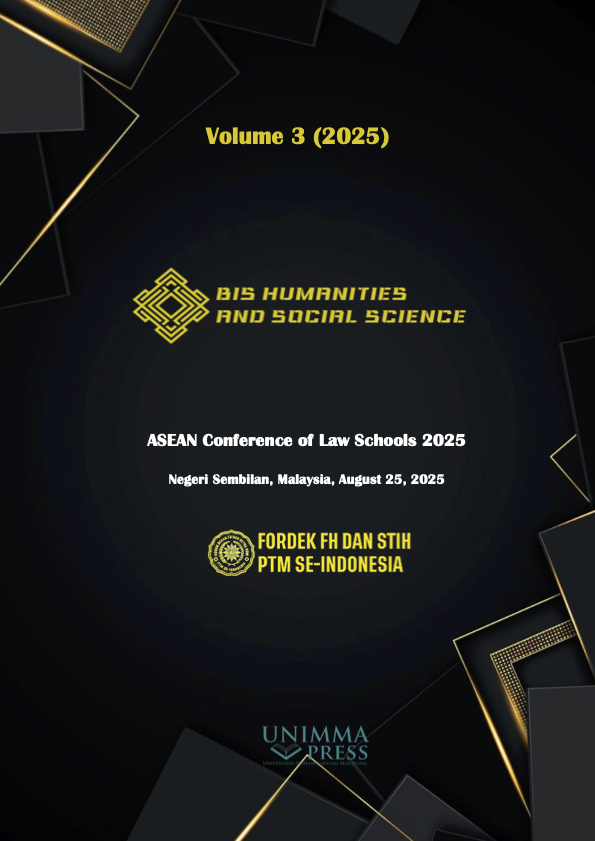Settlement of the Palestine and Israel problem according to international criminal law and human rights
Keywords:
Palestine-Israel Conflict, International Criminal Law, Human Rights, Territorial Annexation, International Dispute ResolutionAbstract
This study aims to analyze the mechanisms used to resolve the conflict between Palestine and Israel, known as one of the most complex and enduring in the history of modern international interaction. One of the main elements of this dispute is Israel's annexation of Palestinian territories, which has raised various questions regarding sovereignty, human rights, and violations of international law. This study is juridical-normative and analyzes international legal instruments, United Nations resolutions , and decisions of international judicial institutions using a qualitative approach. The results show that Israel's seizure of territory can be categorized as a violation of international law, including the prohibition of forced annexation. However, due to the imbalance of global political power and the lack of international law enforcement, international dispute resolution mechanisms remain ineffective. This study emphasizes the need for reform of the international dispute resolution system and the active participation of the international community in upholding justice for the Palestinian people.
References
[1] Brenner, Michael. Zionism: A Brief History. Princeton: Princeton University Press, 2018.
[2] Chinkin, Christine. “The Gendered Impact of Settlements on Peace Process.” Dalam International Law and the Israeli-Palestinian Conflict, disunting oleh Susan M. Akram et al., 59–63. London: Routledge, 2015.
[3] European Union External Action Service. “EU Position on the Middle East Peace Process.” 2021. https://www.eeas.europa.eu.
[4] Geneva Convention (IV) Relative to the Protection of Civilian Persons in Time of War. 12 August 1949.
[5] International Court of Justice. Legal Consequences of the Construction of a Wall in the Occupied Palestinian Territory. Advisory Opinion. The Hague: ICJ, 2004.
[6] Ministry for Foreign Affairs of Sweden. “Sweden Recognises the State of Palestine.” October 30, 2014. https://www.government.se.
[7] Office of the Prosecutor, International Criminal Court. “Statement of ICC Prosecutor on the Situation in Palestine.” March 3, 2021. https://www.icc-cpi.int.
[8] Organization of Islamic Cooperation (OIC). Final Communiqué of the OIC Extraordinary Summit on Palestine. Istanbul, December 13, 2017.
[9] Quigley, John. The Case for Palestine: An International Law Perspective. Durham: Duke University Press, 2005.
[10] Roy, Sara. The Gaza Strip: The Political Economy of De-Development. Washington, D.C.: Institute for Palestine Studies, 1995.
[11] chabas, William A. An Introduction to the International Criminal Court. 5th ed. Cambridge: Cambridge University Press, 2017.
[12] Shlaim, Avi. The Iron Wall: Israel and the Arab World. New York: W.W. Norton & Company, 2001.
[13] United Nations. General Assembly Resolution 3236 (XXIX): Question of Palestine, 22 November 1974.
[14] United Nations Security Council. Voting Records on Resolutions Concerning Israel and Palestine, 1947–2020.
Downloads
Published
Conference Proceedings Volume
Section
License

This work is licensed under a Creative Commons Attribution-NonCommercial 4.0 International License.

